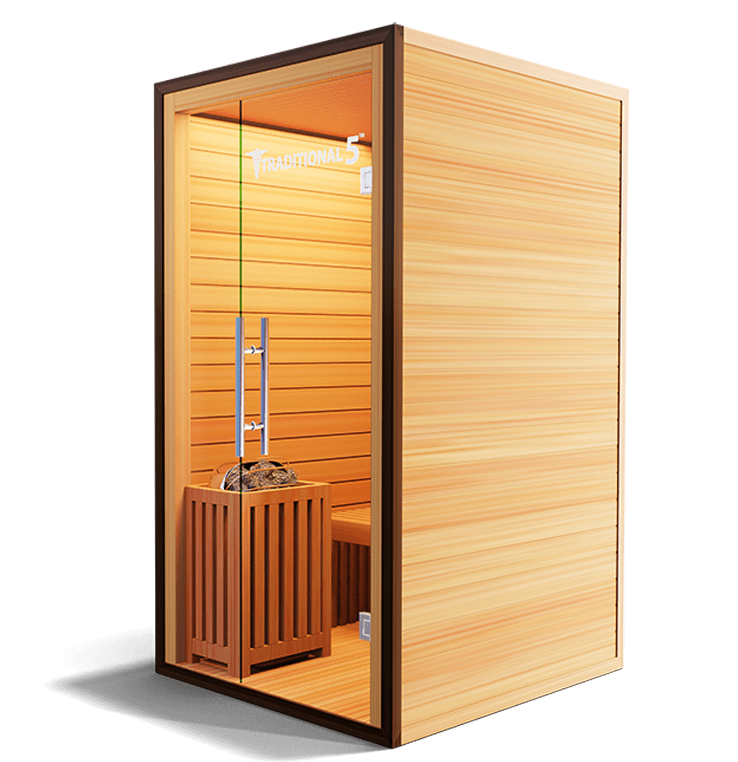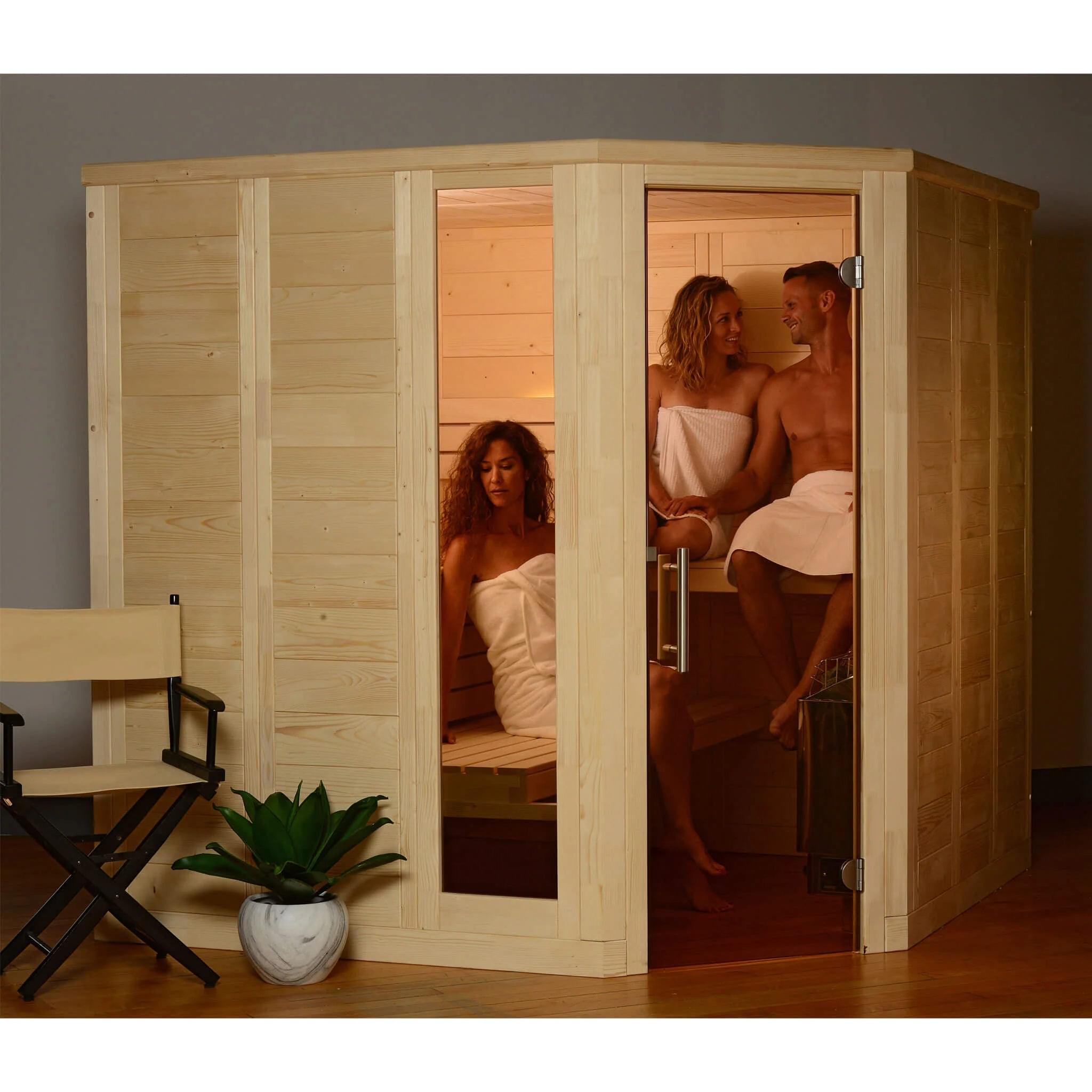Top Guidelines Of Traditional Sauna
Top Guidelines Of Traditional Sauna
Blog Article
Not known Facts About Traditional Sauna
Table of ContentsThe Buzz on Traditional SaunaNot known Facts About Traditional SaunaTraditional Sauna - TruthsFascination About Traditional SaunaMore About Traditional Sauna
A lot of the weight lost in a sauna is water loss and is re-gained upon rehydrating. Without a doubt sauna can be an important component of a healthy and balanced weight loss program. To take a look at the differences in between standard and IR saunas, I will separate these right into verifiable, theoretical, and made differences.Hence, the most popular point in the saunawhich goes to the ceiling straight over the sauna heateris usually between 185 and 190 F. Claims that a standard sauna exceeds 200 F is merely not true and not suitable for electric saunas marketed in the US. The temperature level for a far-infrared sauna is generally established between 120 and 140 F; however, unlike the traditional sauna, the goal in and IR area is not to achieve a high temperature.
Due to the fact that of this, the temperature distinction is practically unimportant, given that excessive sweating leads to both sauna kinds, however the method of heating up the body is various. In an IR sauna the bather will really feel warm and will sweat profusely, yet at much reduced temperature levels (Traditional Sauna). Thus, if the objective is to invest longer time periods in the sauna, the IR sauna is an excellent selection
When a typical sauna has been effectively heated up, the sauna wall surfaces are warm, the air temperature has attained set temperature level and the rocks are super warmed. As an interesting side note, the warmed wall surfaces and the rocks are emitting far-infrared warmth, integrated with the warmed air, to develop an "enveloping heat".
The Best Strategy To Use For Traditional Sauna

When the heat is accomplished, the aspects cycle on and off to maintain the heat. Most conventional sauna individuals enjoy putting water over the rocks to develop vapor to increase sauna humidity degrees. The advantages of pouring water over the rocks include: making the room more comfy, moistening the nasal passages, and enabling the use of aromatherapy by blending essential oils with the water.

When the energy gets in the body, it creates the body temperature to increase go to my blog and inevitably results in sweating. In an infrared sauna it's important for the emitters/heaters to remain on practically constantly. Because there is no mass of rocks to retain warmth, the sauna will cool down if the emitters turned off.
As mentioned above, the sauna bather in an infrared room wants to place himself in front of running emitters to obtain optimal gain from the heat. The heating time for both areas can be extremely different, relying on exactly how the areas are utilized. For a traditional sauna, a bather should permit 30-40 mins for the area to achieve a preferred temperature level and to effectively pre-heat the rocks.
The 7-Second Trick For Traditional Sauna
A well constructed sauna will usually accomplish a temperature level of 150-160 F in regarding 30-40 mins. For hotter temperature levels, the area might need to warm for a longer duration. find out this here Once the area accomplishes set temperature, the heater will certainly cycle on and off, usually running about 50% of the time. The shielded walls and the warmed rocks will certainly keep the space warm and at steady temperature levels.

Conventional saunas have a tendency to be bigger (for this reason use more power) than infrared saunas, although conventional saunas are definitely offered in one and two individual sizes. For a two-person traditional sauna, 5x6 or 5x7 size is most prominent. The top bench can easily seat two or 3 individuals and is also long enough to rest during the sauna session.
All About Traditional Sauna
The typical expense per kWH of electrical energy in the U.S. is about $0.11, so a 4.5 kW heater will cost roughly $.50 to run for one hour, Click This Link if the heater runs continually for one hour. Typically a sauna heating system will compete 75% of the very first hour and 50% of succeeding hours on since the aspects cycle once the established temperature level is achieved.

Ultimately, there is a rarely reviewed difference in the social experience between both spaces. While our society has actually lost a few of the social benefit of the conventional sauna experience, it can be really socially rewarding (Traditional Sauna). From family members time in the sauna, to heart-felt conversations with better halves, to sauna partiesthe conventional sauna experience can cause intimate socializing
The Of Traditional Sauna
The majority of higher end infrared rooms include tinted light therapy, noise systems and full-glass fronts.
Report this page